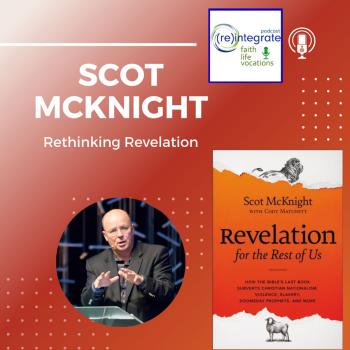The “Missional Model” of church ministry sees mission as the mode of operation for Christianity. Mission means being sent. This has been the God’s model dating all the way back to Abraham, through Moses, into Jesus, and is now the model for us in our cultural contexts. God calls individuals and communities to love him and to obey his governance over all things, and then sends these individuals and communities to proclaim this Kingdom of God.
 But there’s a problem, and Alan Hirsch identifies it:
But there’s a problem, and Alan Hirsch identifies it:
“The Christendom template tends to bolt down this missional impulse by substituting it with an attractional one. So while the local church genuinely does forms of evangelism and outreach, because it measures effectiveness through numerical growth, better programming, and increase of plant and resources, it requires the attractional impulse to support it. The exchange is subtle but profound, and the net effect is to unwittingly block the outward-bound movement that is built into the gospel. Instead of being sown in the wind, the seeds are put into ecclesial storehouses, thus effectively extinguishing the purpose they were made for.”
–Alan Hirsch, The Forgotten Ways, p. 130
Many new North American church movements are ministering through the paradigm of this missional impulse. But is there a way to help established churches and denominations morph into more missional communities? Or is the attractional impulse simply too strong?
And… Isn’t there a way to remain attractional without undermining being missional?












